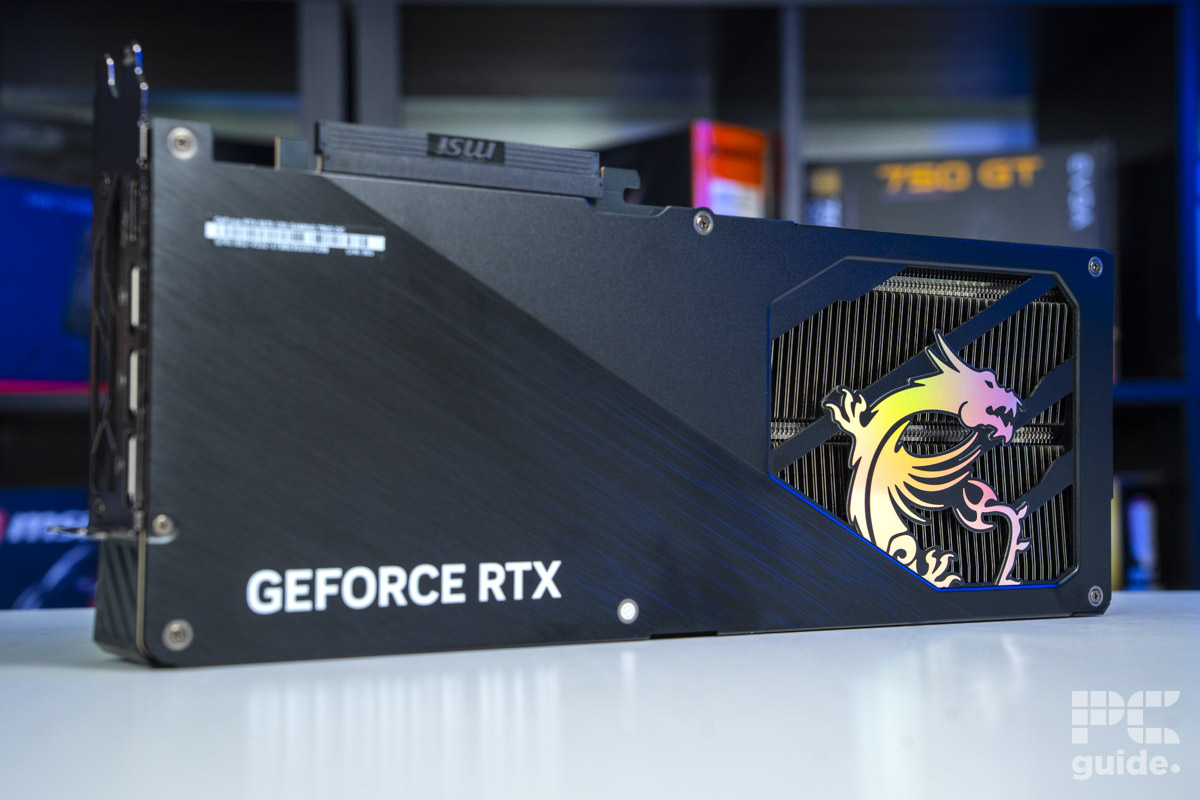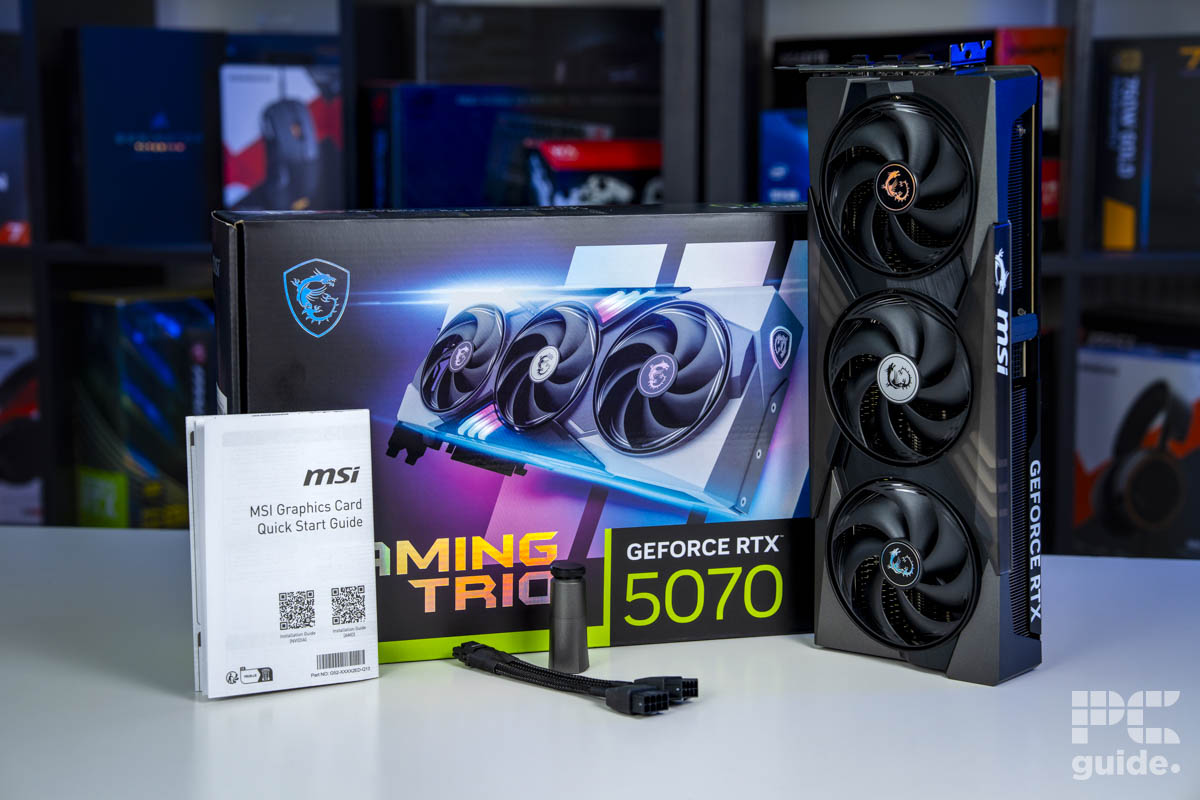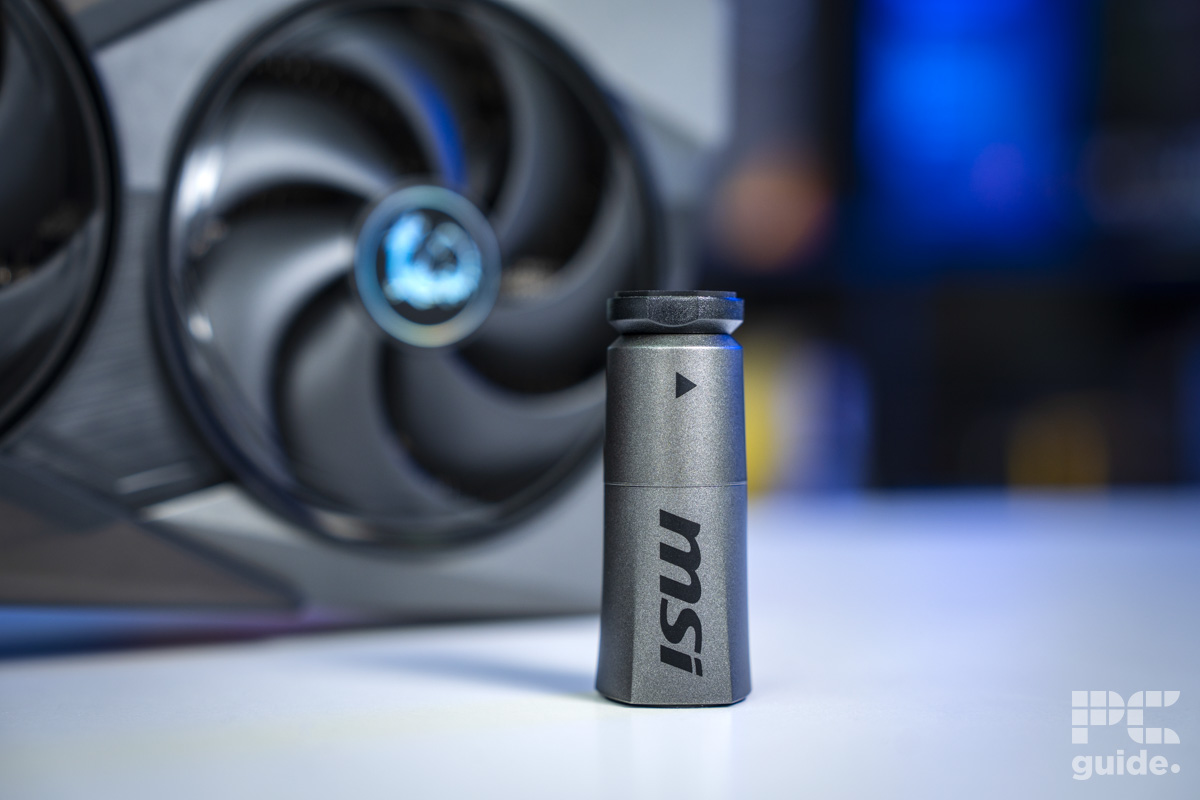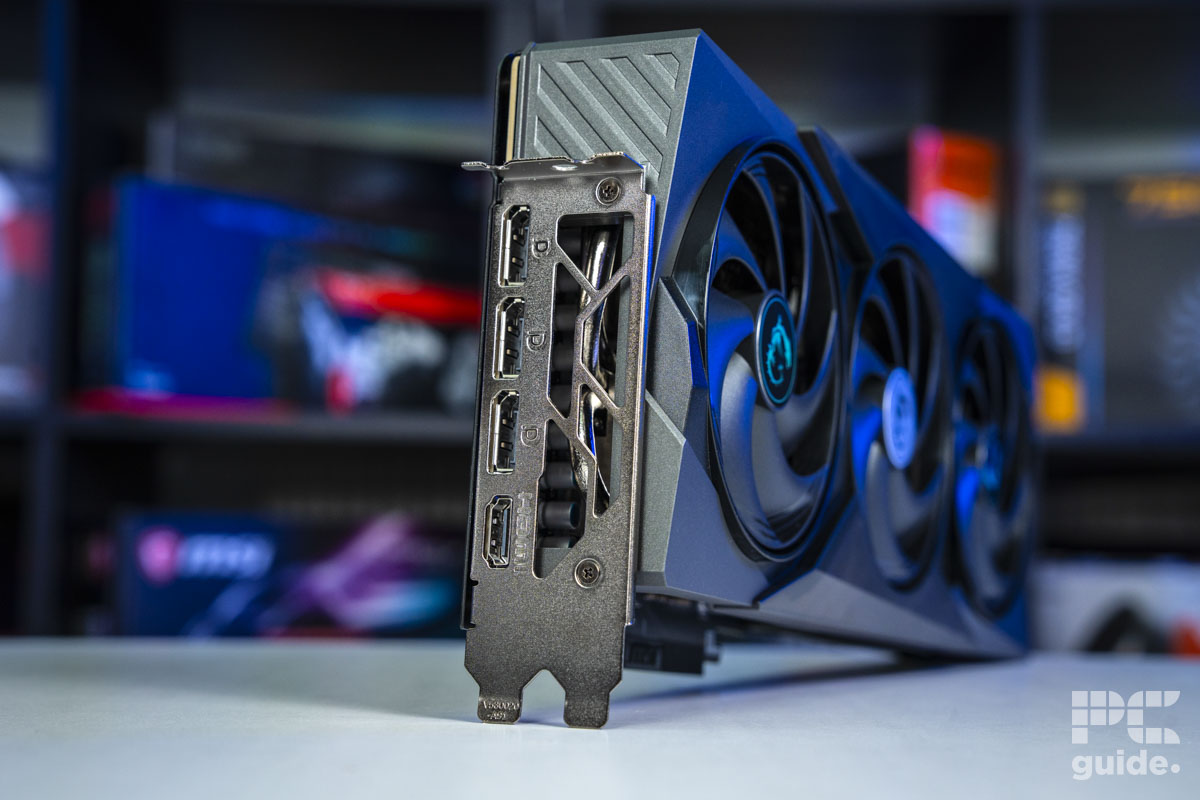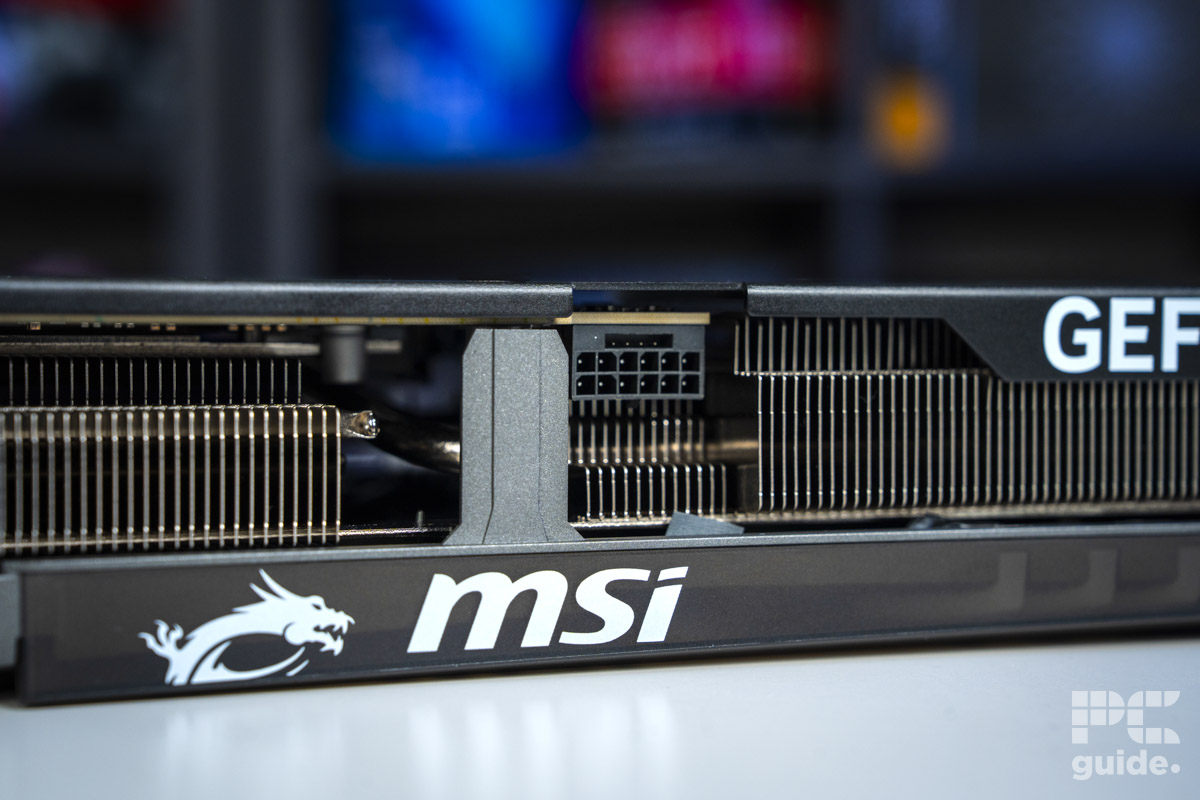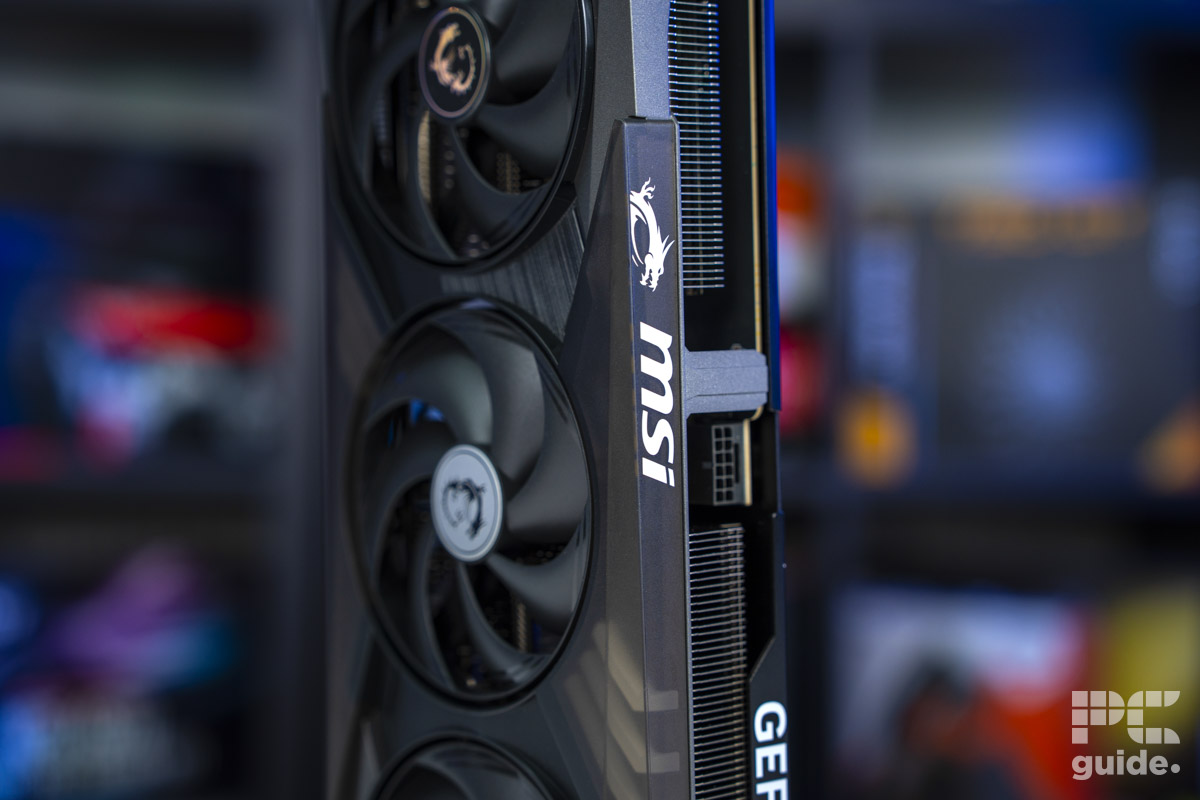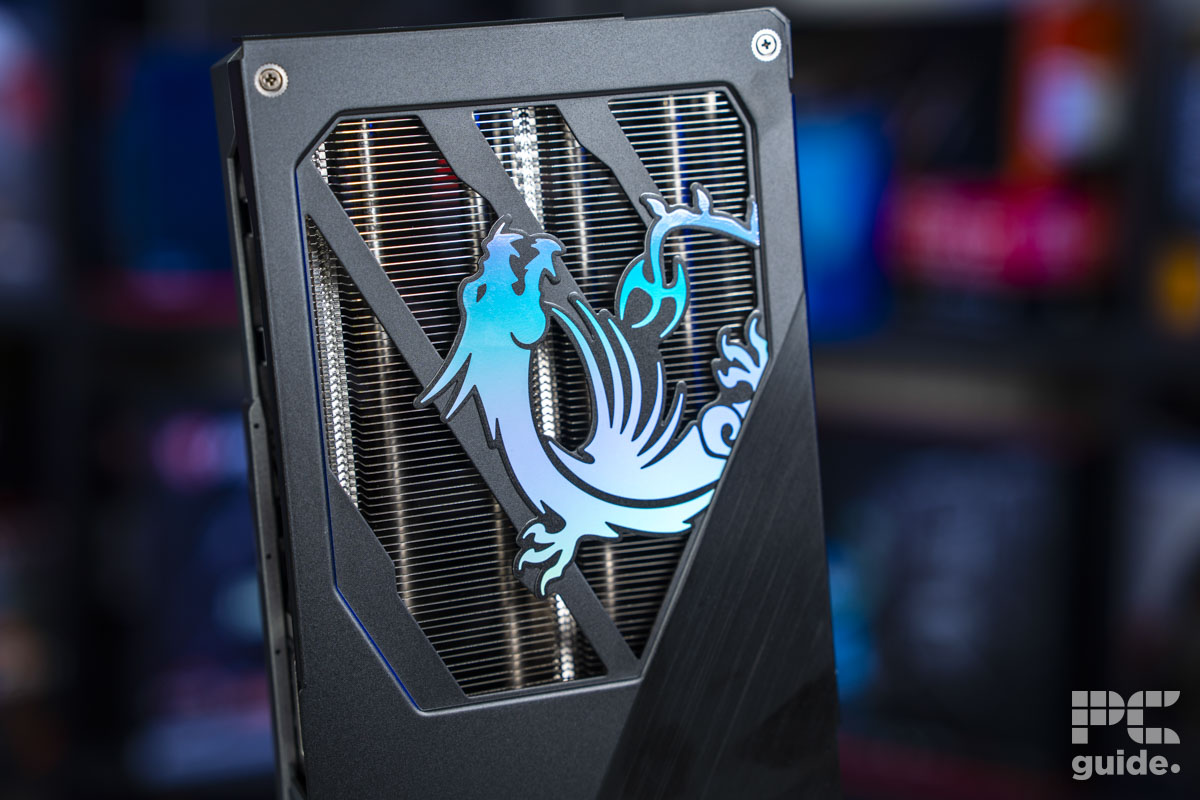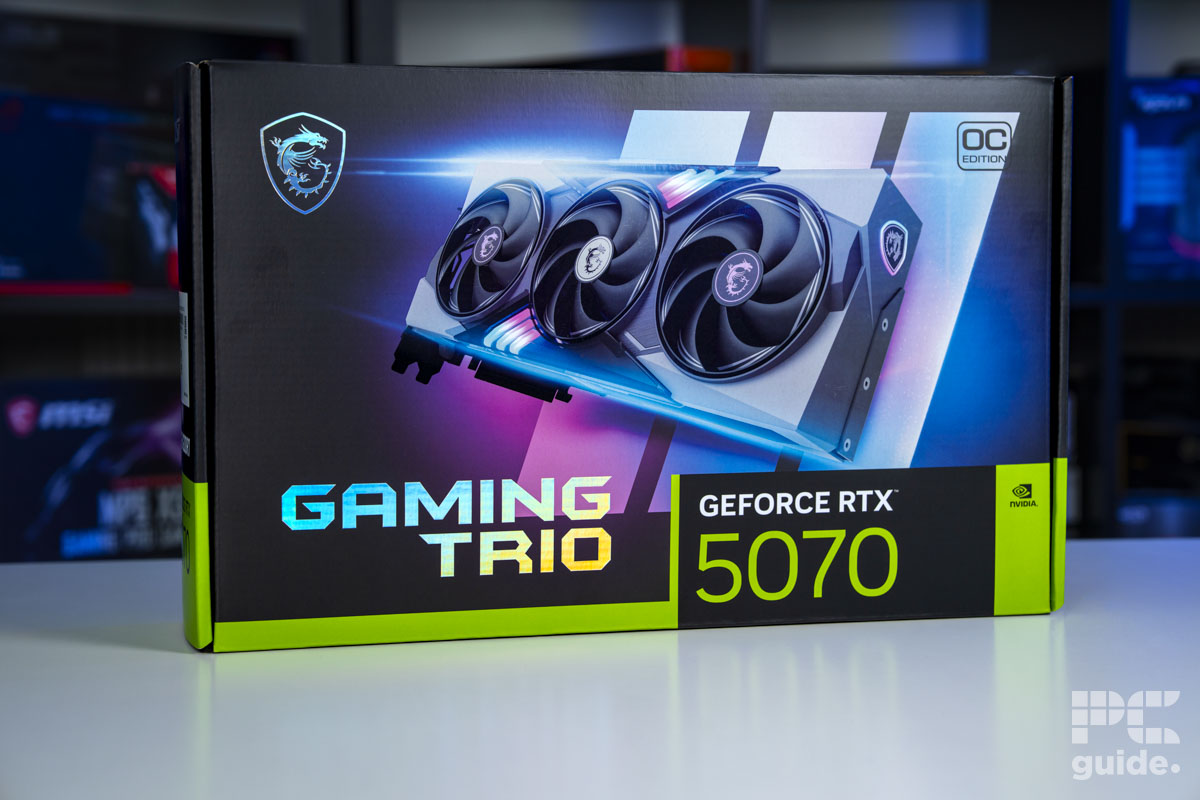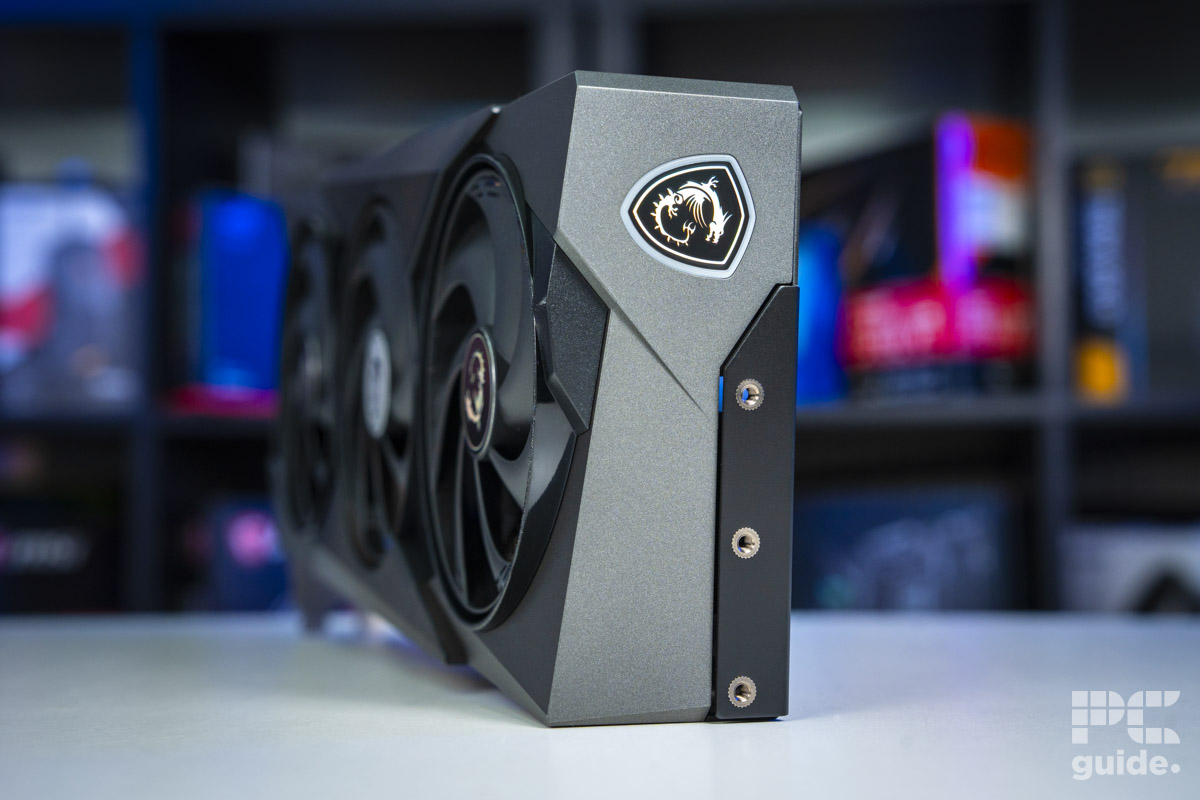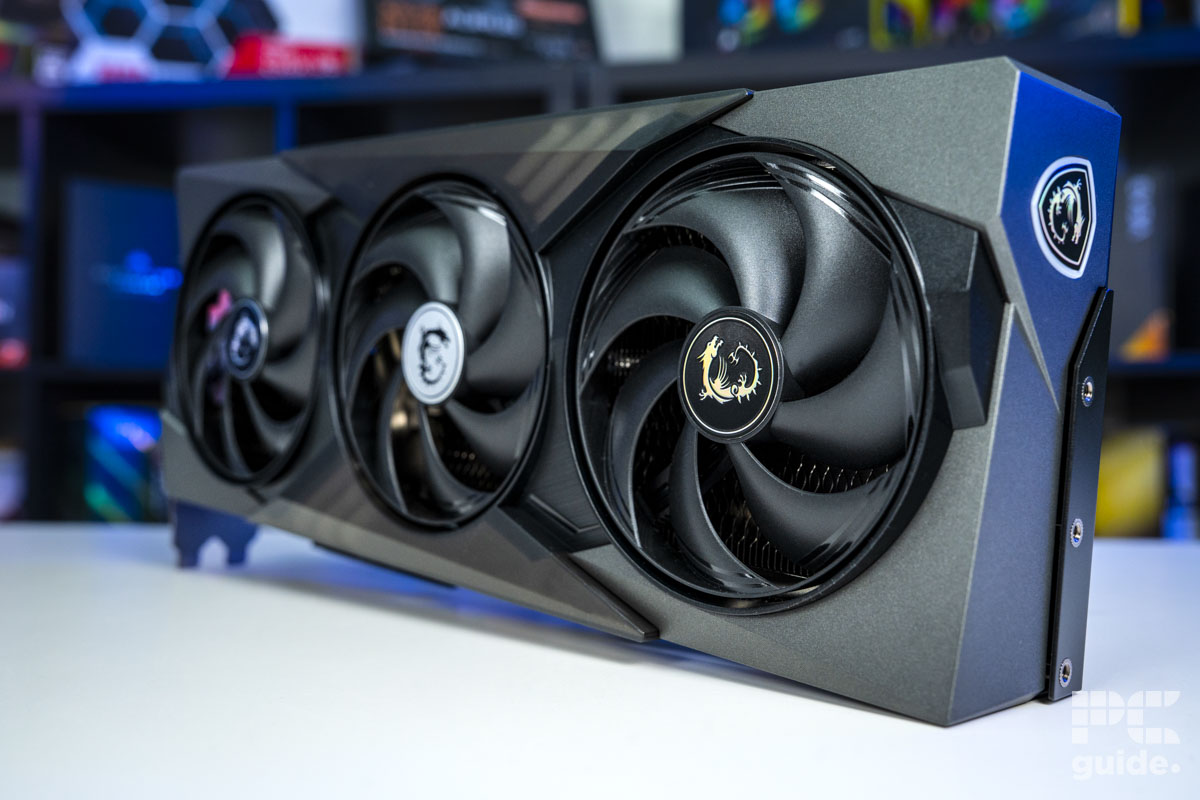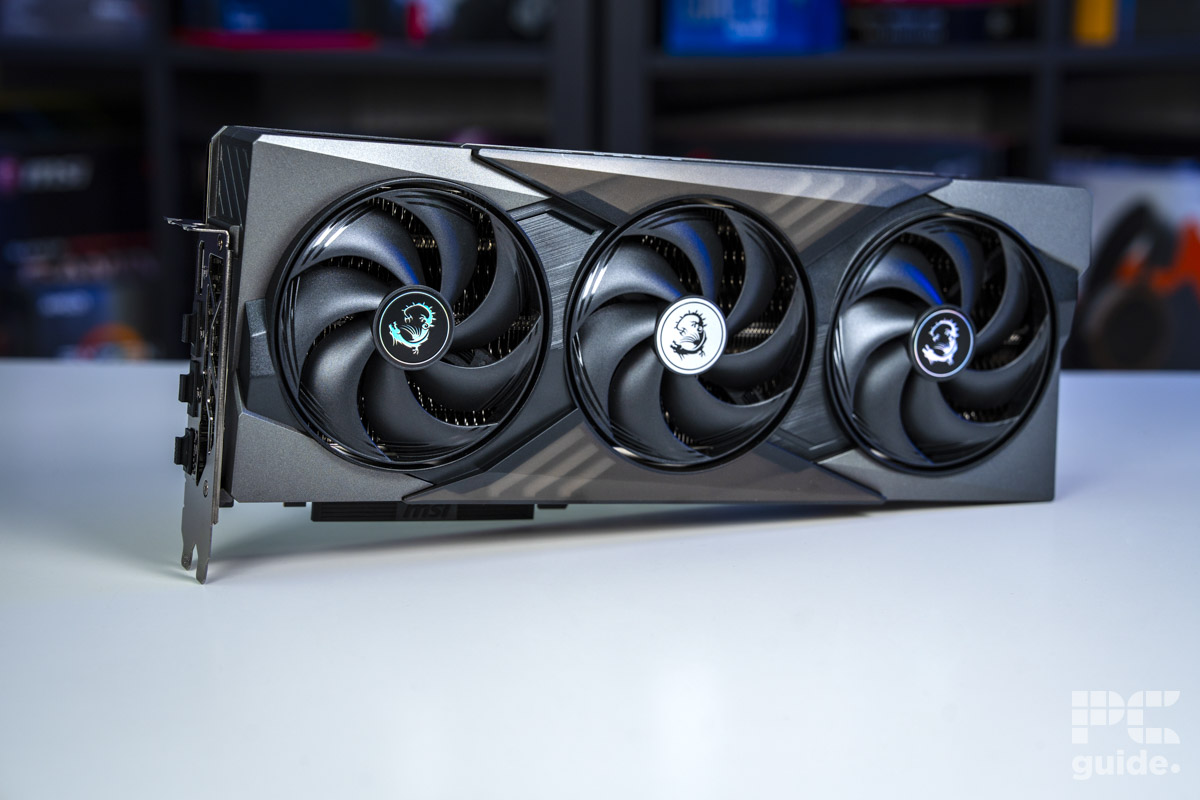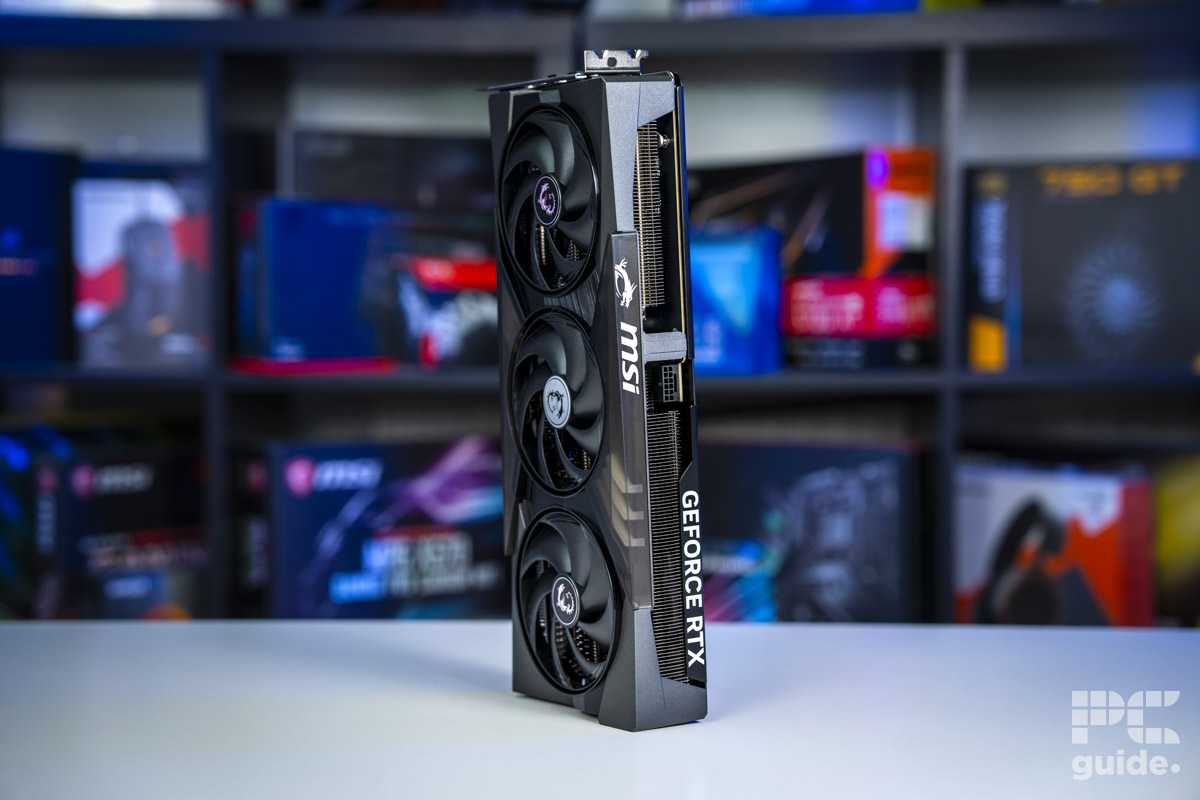Nvidia’s 50 series GPU stock is finally recovering on Amazon, but it’s still not great value for money

Table of Contents
The supply issue for Nvidia's new RTX 50 series GPUs has meant that many customers have been eagerly awaiting news of new stock being made available. Cards from Team Green have started to reappear on Amazon – but it's not all good news.
The Amazon US Best Sellers chart shows what items are currently popular among its vast customer base. In the graphics card category, Team Green has gone back to the top of the list now that stock is available.
Prime Day is finally here! Find all the biggest tech and PC deals below.
- Sapphire 11348-03-20G Pulse AMD Radeon™ RX 9070 XT Was $779 Now $739
- AMD Ryzen 7 7800X3D 8-Core, 16-Thread Desktop Processor Was $449 Now $341
- ASUS RTX™ 5060 OC Edition Graphics Card Was $379 Now $339
- LG 77-Inch Class OLED evo AI 4K C5 Series Smart TV Was $3,696 Now $2,796
- Intel® Core™ i7-14700K New Gaming Desktop Was $320.99 Now $274
- Lexar 2TB NM1090 w/HeatSink SSD PCIe Gen5x4 NVMe M.2 Was $281.97 Now $214.98
- Apple Watch Series 10 GPS + Cellular 42mm case Smartwatch Was $499.99 Now $379.99
- ASUS ROG Strix G16 (2025) 16" FHD, RTX 5060 gaming laptop Was $1,499.99 Now $1,274.99
- Apple iPad mini (A17 Pro): Apple Intelligence Was $499.99 Now $379.99
*Prices and savings subject to change. Click through to get the current prices.
Which GPUs are best sellers on Amazon?
- MSI Gaming RTX 5070 Ti 16G Ventus 3X
- Gigabyte Aorus GeForce RTX 5070 Ti Master 16G
- Gigabyte GeForce RTX 5070 Eagle
The two top spots are taken up by different models of the GeForce RTX 5070 Ti. First is the MSI Gaming RTX 5070 Ti 16G Ventus 3X. Second is the Gigabyte Aorus GeForce RTX 5070 Ti Master 16G. Third is the Gigabyte GeForce RTX 5070 Eagle.
Despite stock now being available, the prices have not come down. The MSI RTX 5070 Ti is listed at $1,043, while its MSRP is $749, close to $300 less than the listed Amazon price. The situation is even worse with the Gigabyte Aorus RTX 5070 Ti, which is currently priced at $1,399.99, a massive increase of $650 versus MSRP. For reference, here’s how Nvidia says the 50 series pricing should look:
- RTX 5090: $1,999
- RTX 5080: $999
- RTX 5070 Ti: $749
- RTX 5070: $549
- GPU: GB205-300
- CUDA Cores: 6,144
- VRAM: 12GB GDDR7
- Memory bus width: 192-bit
- Base/Boost clock speed: 2,330/2,610MHz
- TBP: 250W
Customers are looking for budget options
The most curious part of the list is the ASRock AMD Radeon RX 6600 Challenger White, which is hanging on in sixth place, just behind the MSI Gaming GeForce RTX 3060. These two options are vastly cheaper than the RTX 50 series offerings, so perhaps customers are seeking out budget options.
Users on Twitter/X expressed their dissatisfaction with the pricing situation after TechEpiphany posted a screenshot of the top ten GPUs on Amazon. “OOof but look at those prices. Goddamn.” said user BoringBattlecry. User GloriusKev was even more direct: “At this point, I am happy for the Nvidia buyers. If they’re choosing to pay $600 more for similar performance then let them continue to whale it up.”
It is becoming increasingly clear that pricing and supply are becoming a huge issue for consumers during this generation of graphics cards. Unfortunately, a solution does not seem to be forthcoming.


